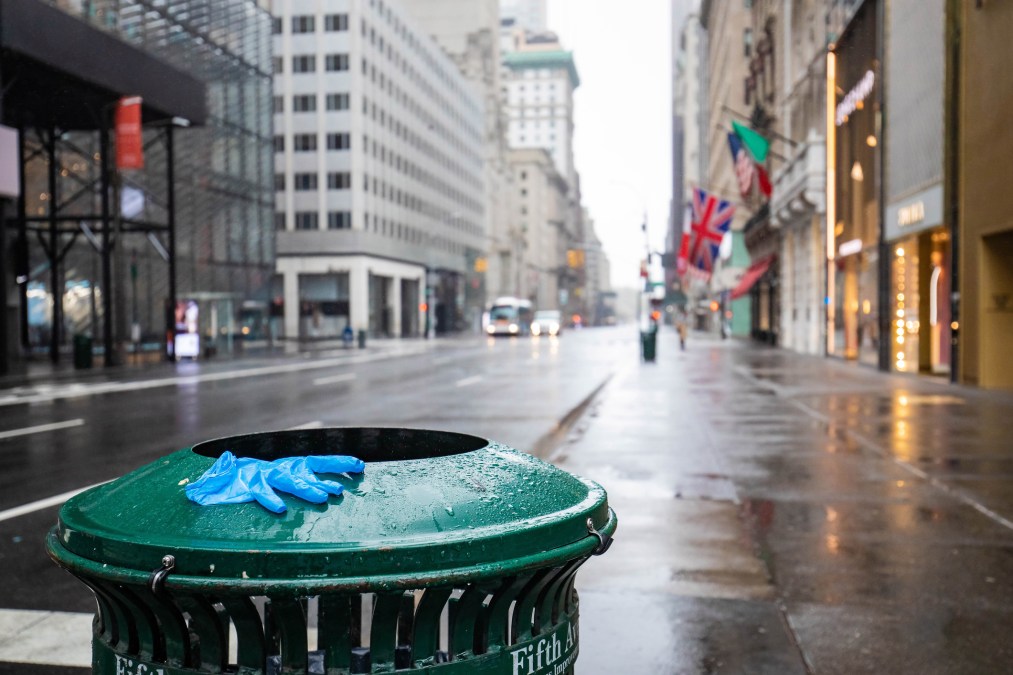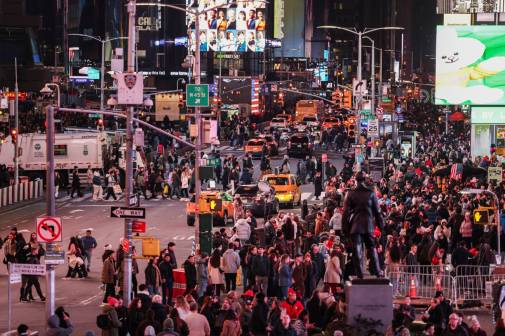Pandemic a ‘test-run’ for city resiliency, says Philadelphia’s smart-city director

The coronavirus pandemic has forced millions of people across the U.S. to shift virtually every aspect of their lives, including work, school and health care. But Philadelphia smart city director Emily Yates said the COVID-19 pandemic is also an opportunity to measure how resilient cities are and gauge their readiness for future crises.
Yates, speaking on a webinar dedicated to Philadelphia’s “smart city” efforts last week, said that difficulties exacerbated by the pandemic — like poor access to health care, unreliable public transit or inequitable access to resources like internet, food and recreation — are likely to grow under the threat of climate change and a changing economy that relies on affordable, high-speed internet.
“How can we be better prepared for situations like this in the future? I think this is a test-run for climate change and some of the impacts it might have on our communities,” Yates said.
So far, Yates said, the pandemic has revealed a citywide shortage of basic technology, like laptops, both for remote government workers and K-12 students who need to complete homework online. But distributing technology without also considering related issues, like improving public Wi-Fi or digital literacy, won’t ensure Philadelphia has a more effective response to the next natural disaster. The approach to building a “smart city” has to be overarching, Yates said.
“Tech is no longer the driver of [a smart city],” Yates said. “But it’s really about shifting to make it an overarching principle, similar to how you’re seeing sustainability referenced within cities, or resiliency. It’s a lens that we should be looking through.”
Yates said smart cities ensure that every new technology creates new efficiencies or boosts the resiliency of a city’s economy. New technologies could save the city money in the face of a massive pandemic-related revenue shortfall, she said. Yates also said she’s paying special attention to technologies that help the city address multiple problems at once, like a program to create jobs and amplify regional supply chains hurt by the pandemic. Evaluating the right solutions requires some trial-and-error, however.
“We have to be willing to try things and fail, and be OK with brushing off our shirts and saying OK, that didn’t work, how can we change it moving forward?” Yates said. “Is it still getting us to the end result that we want, which is an improved quality of life for all residents of Philadelphia?”
Ensuring a city is smart also involves educating residents and agencies on how they can contribute or benefit from more efficient services, she said. Working with State of Place, a data analytics company that’s measuring Philadelphia’s urban layout, including the location of trees, sidewalks, benches, public spaces and the number of vehicle lanes, Yates said the city is trying to ensure agencies use the data to update residents on how, when and where they’re doing their job. For example, she said, the city’s planning department can use the data to inform residents about the approval of new projects, or residents can access the data to find new road-closings from the city’s streets department.
“A key part on the smart city side will be educating people about how to use that data,” Yates said. “We’ll have this amazing tool that tells us about the quality of our public space and urban design and where we have assets and whatnot, but how does our health department take that data and make informed decisions about how they’re managing pandemics or dealing with air quality issues?”






